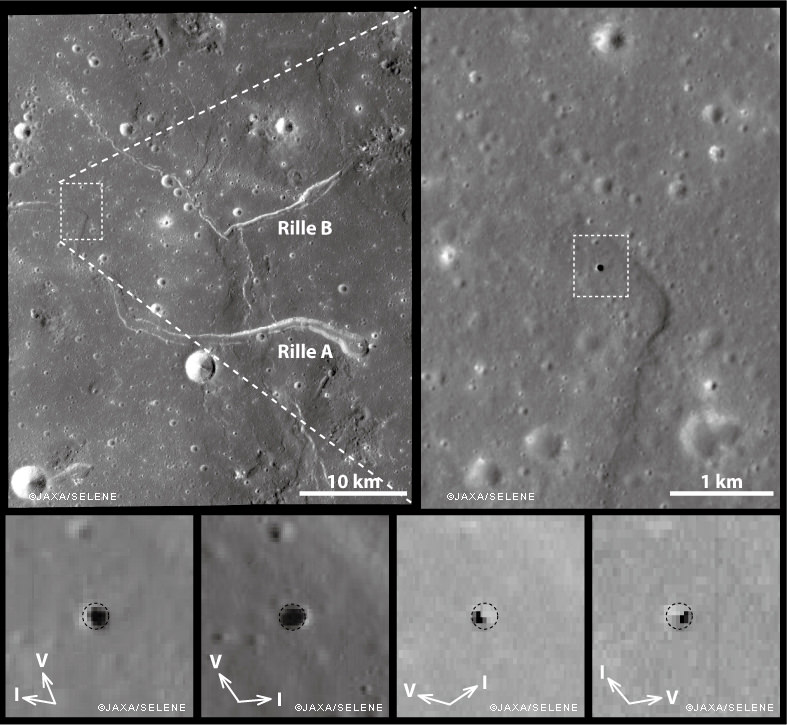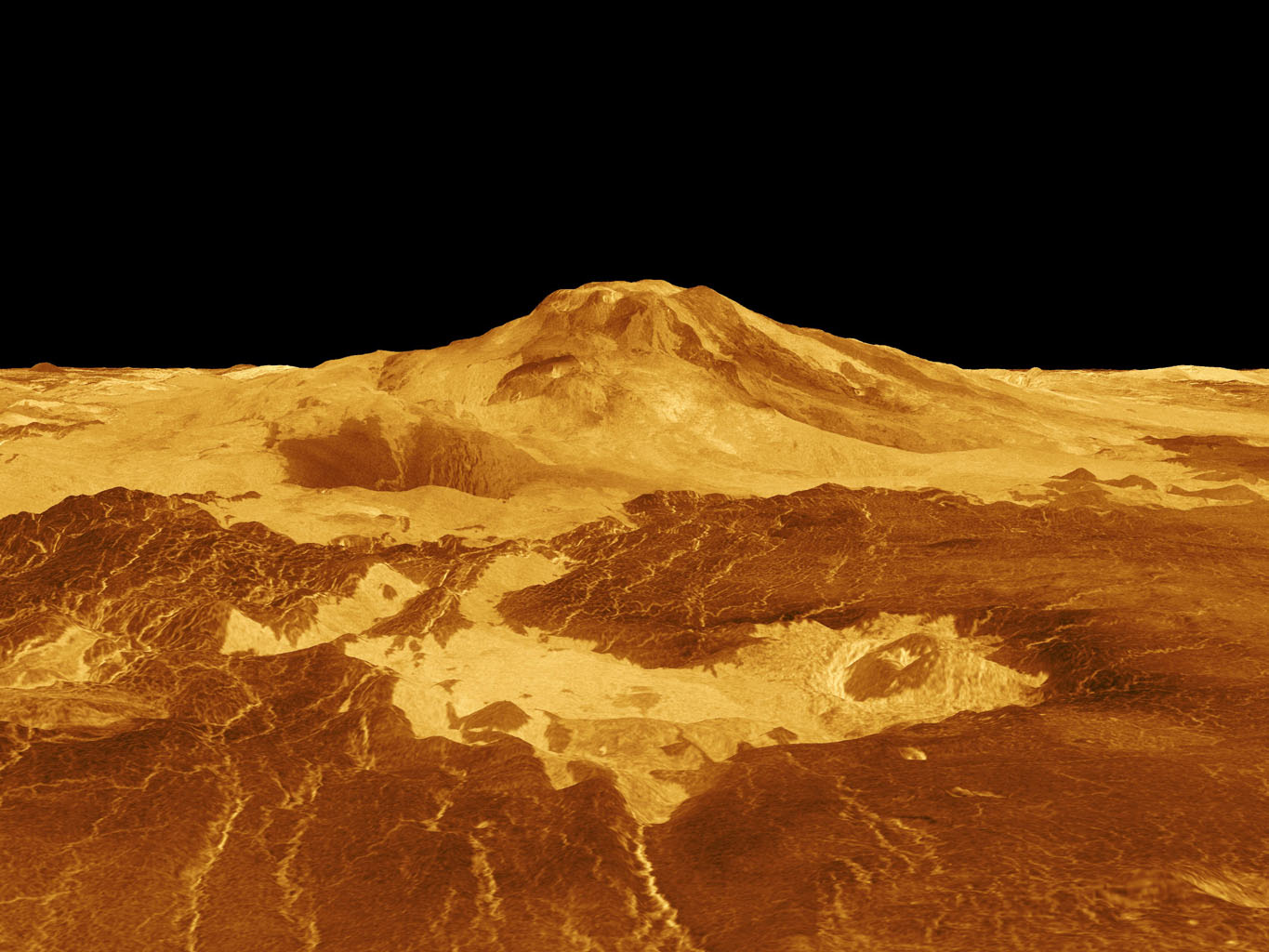Could lava tubes on the Moon and Mars play a role in establishing a human presence on those worlds? Possibly, according to a team of researchers. Their new study shows that lunar and Martian lava tubes might be enormous, and easily large enough to accommodate a base.
Continue reading “Lava Tubes on the Moon and Mars are Really, Really Big. Big Enough to Fit an Entire Planetary Base”What Cracked the Earth’s Outer Shell and Started its Plate Tectonics?
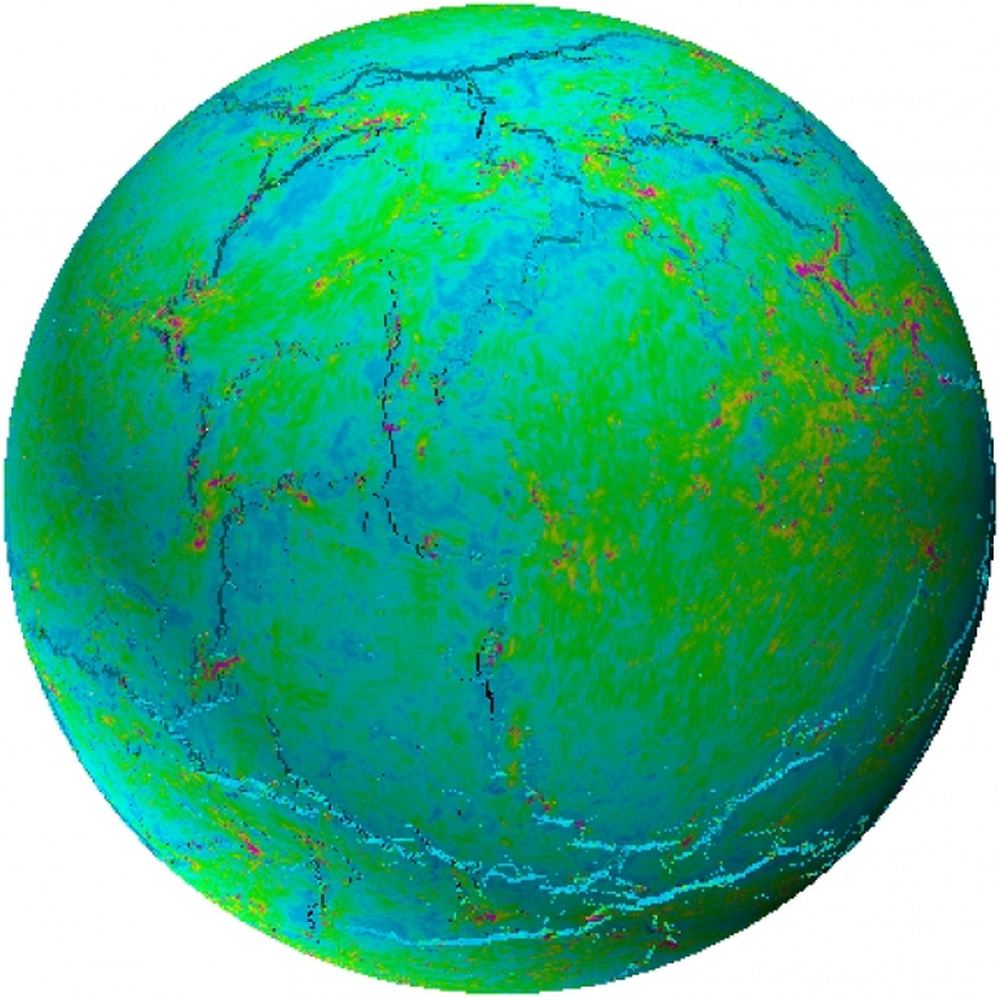
Earth’s lithosphere is made up of seven large tectonic plates and a number of smaller ones. The theory of plate tectonics that describes how these plates move is about 50 years old. But there’s never really been an understanding of how this system developed, and how the Earth’s shell split into separate plates and started moving.
Now a group of researchers have a possible explanation.
Continue reading “What Cracked the Earth’s Outer Shell and Started its Plate Tectonics?”It Looks Like There are Still Active Volcanoes on Venus
Venus’ surface is no stranger to volcanoes. Radar images show more than 1,000 volcanic structures on the planet. But for the most part, they appear to be ancient and inactive.
Now a new study says that Venus is still volcanically active, and has identified 37 volcanic structures that were recently active. If true, there’s more going on inside Venus than thought.
Continue reading “It Looks Like There are Still Active Volcanoes on Venus”Earth’s Magnetic Field is Changing Surprisingly Quickly
If you’ve ever used a compass, you know that the magnetic needle always points North. Well, almost North. If you just happen to be out camping for the weekend, the difference doesn’t matter. For scientists studying the Earth’s interior, the difference is important. How Earth’s magnetic field changes over time give us clues about how our planet generates a magnetic field in the first place.
Continue reading “Earth’s Magnetic Field is Changing Surprisingly Quickly”Why Lava Tubes Should be Our Top Exploration Priority on Other Worlds

When magma comes out of the Earth onto the surface, it flows as lava. Those lava flows are fascinating to watch, and they leave behind some unique landforms and rocks. But a lot of what’s fascinating about these flows can be hidden underground, as lava tubes.
These lava tubes are turning out to be a very desirable target for exploration on other worlds, just as they are here on Earth.
Continue reading “Why Lava Tubes Should be Our Top Exploration Priority on Other Worlds”That Strange Gel-Like Material Discovered by China’s Lunar Rover? It’s Just Rock
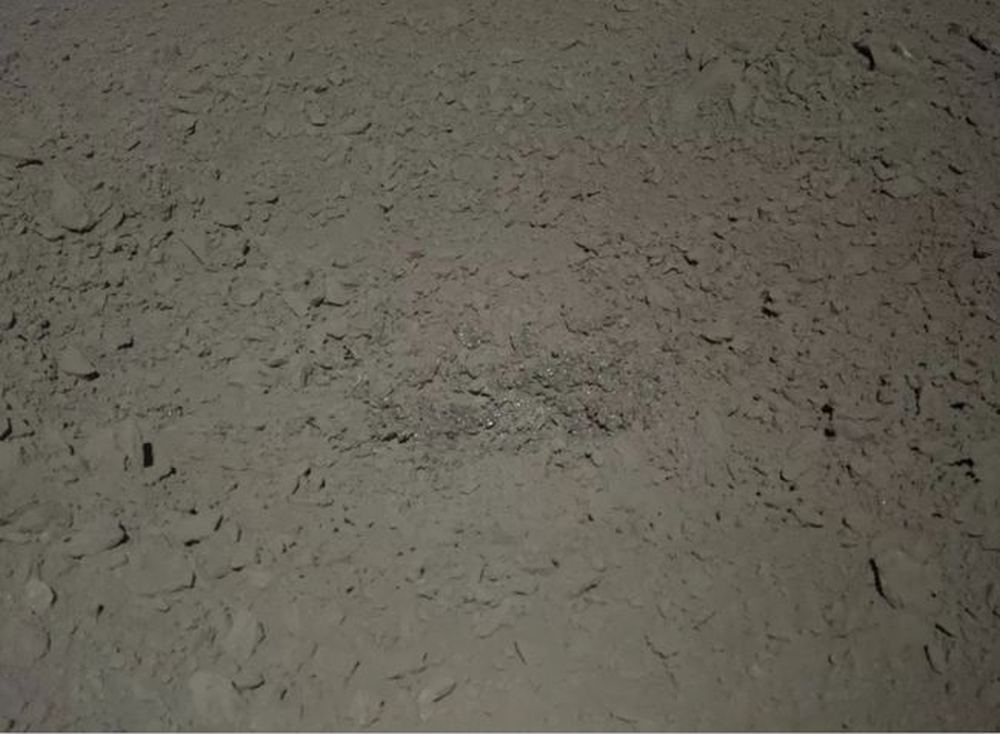
In January 2019, China landed its Chang’e 4 mission on the Moon’s far side. The Yutu-2 rover got busy exploring its surroundings. It’s still going, even though the rover’s nominal operating mission was only three months.
Among the mission’s findings was a strange material described as “gel-like.” Now an analysis of the material has revealed that it’s just rock: impact melt breccia.
Continue reading “That Strange Gel-Like Material Discovered by China’s Lunar Rover? It’s Just Rock”It Was Almost Certainly an Asteroid Impact that Wiped Out the Dinosaurs. In Fact, Volcanoes Might Have Helped Life Recover
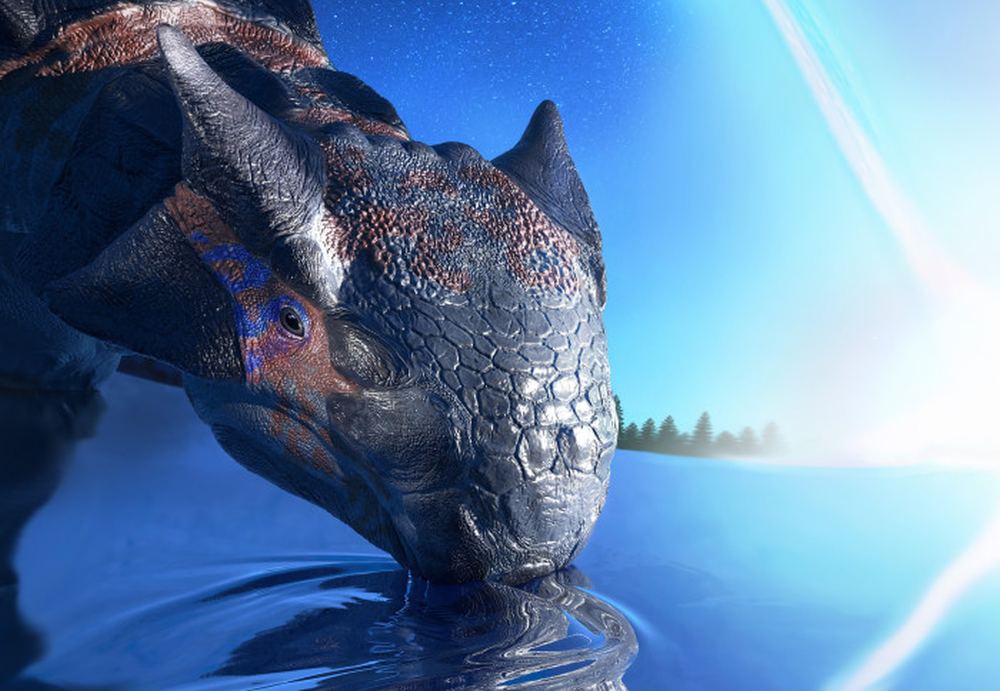
It seems almost certain that an asteroid impact wiped out the dinosaurs. But only almost. Another competing theory won’t completely go away: the extinction-by-volcano theory.
A new study from the UK piles more evidence on the asteroid side of the debate, while adding a new volcanic twist. These researchers say that volcanic activity actually helped life recover from the asteroid strike.
Continue reading “It Was Almost Certainly an Asteroid Impact that Wiped Out the Dinosaurs. In Fact, Volcanoes Might Have Helped Life Recover”Deep Down in Ocean Worlds, it’s Difficult to Tell Where the Oceans End and the Rock Begins
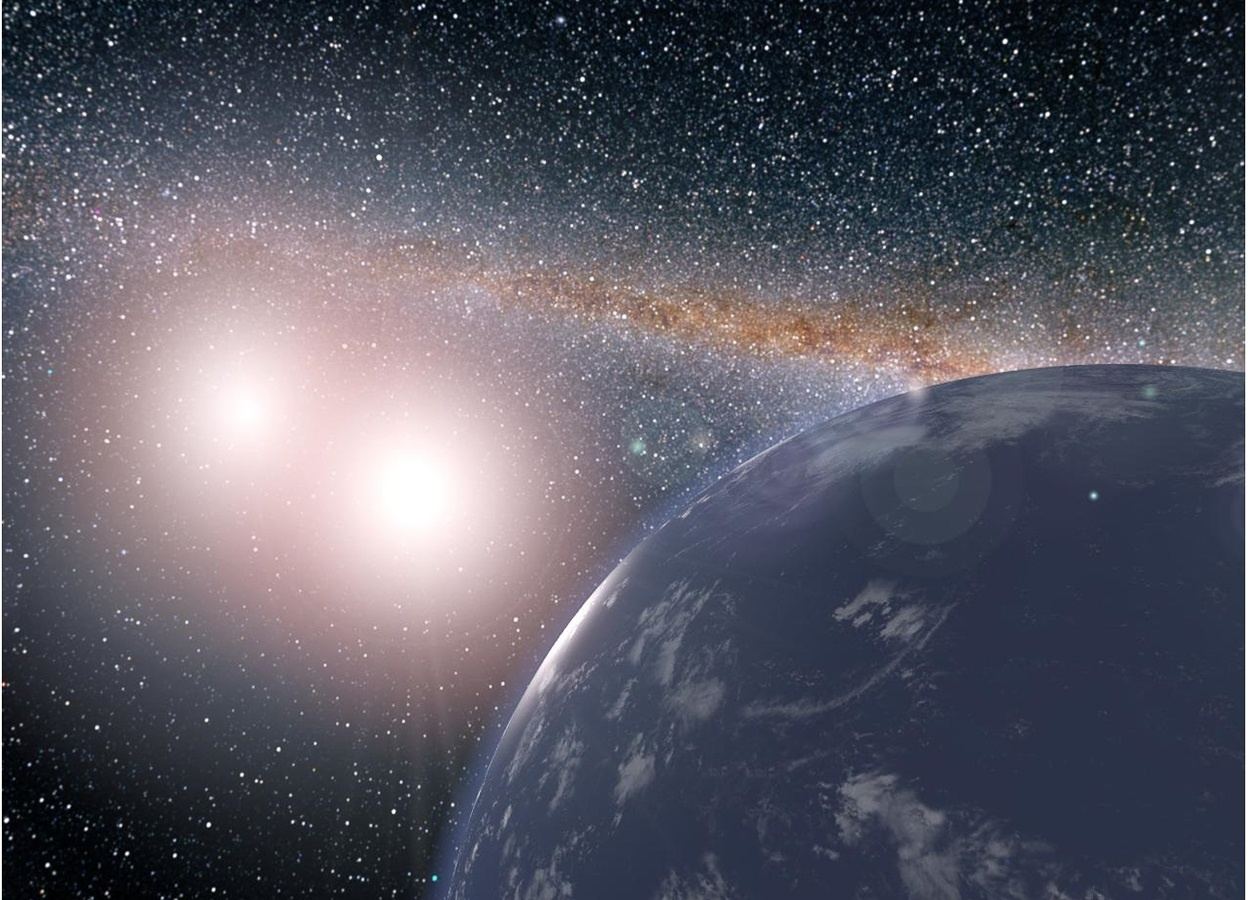
We all know what water is. And what rock is. The difference is crystal clear. Well, here on Earth it is.
But on other worlds? The difference might not be so clear.
Continue reading “Deep Down in Ocean Worlds, it’s Difficult to Tell Where the Oceans End and the Rock Begins”Do We Now Understand Why the Moon’s Near and Far Sides Look So Dramatically Different?
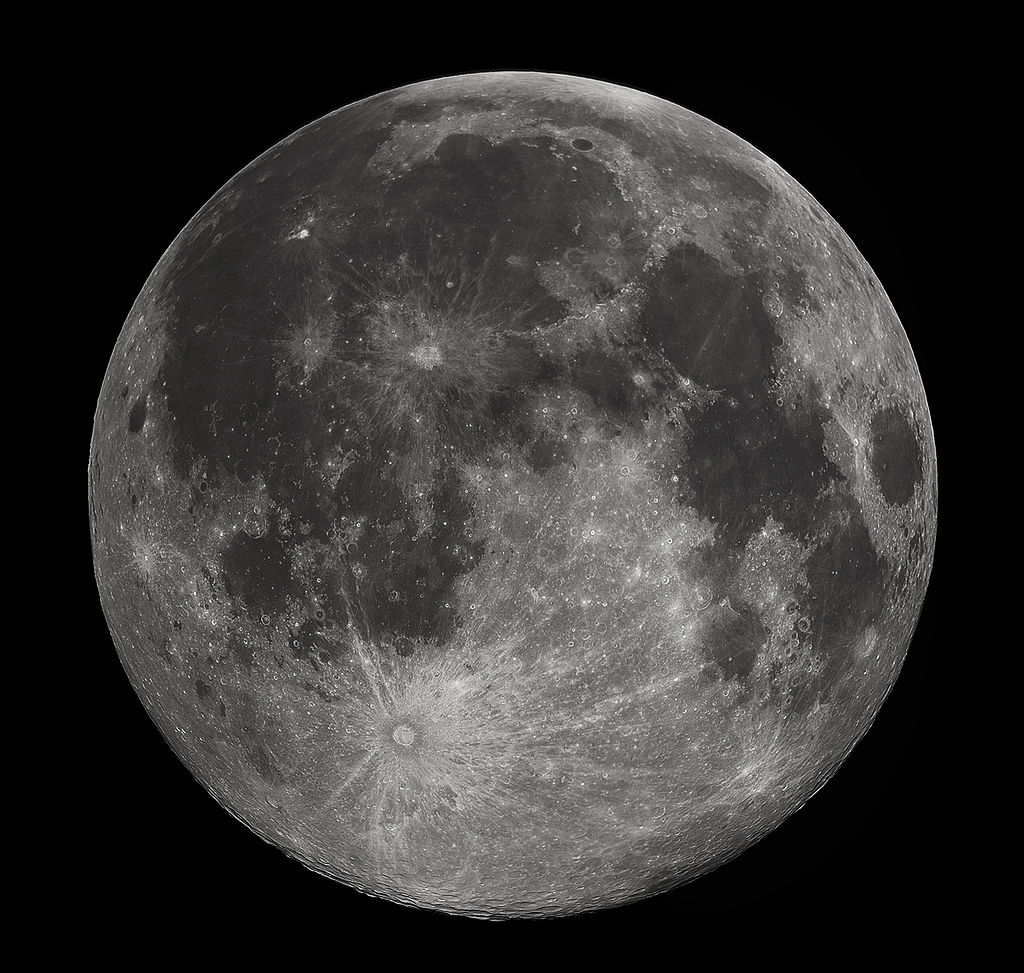
The Moon is easily the most well-studied object in the Solar System, (other than Earth, of course.) But it still holds some puzzles for scientists. Why, for instance, is one side of the Moon so different from the other?
Continue reading “Do We Now Understand Why the Moon’s Near and Far Sides Look So Dramatically Different?”The dinosaur killing asteroid hit the Earth at the most devastating possible angle
There are bad days, and then there are really bad days. 65 million years ago, life on Earth – especially if you were a dinosaur – experienced the worst possible bad day, as a giant meteor came crashing down to the surface of our planet, unleashing an inferno followed by decades of nuclear winter. And the worst part? It didn’t have to be so bad.
Continue reading “The dinosaur killing asteroid hit the Earth at the most devastating possible angle”
